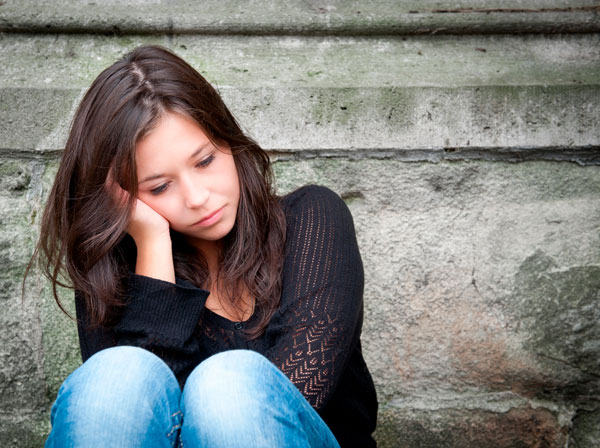
A study to be published in the October 2015 issue of the Journal of the American Academy of Child and Adolescent Psychiatry (JAACAP) reports that exercise for 4 or more days per week is associated with an approximate 23% reduction in both suicidal ideation and attempt in bullied adolescents in the U.S.
Across the U.S., nearly 20% of students report being bullied on school property. Bullying is associated with academic struggle, low self-esteem, anxiety, depression, substance abuse, and self-harm. Exercise has been widely reported to have robust positive effects on mental health including reduction in depression, anxiety, and substance abuse.
Using data from a nationally representative sample of youth who participated in the National Youth Risk Behavior Survey (CDC), a group of researchers led by Dr. Jeremy Sibold of the University of Vermont, examined the relationship between exercise frequency, sadness, and suicidal ideation and attempt in 13,583 U.S. adolescents in grades 9-12. The authors hypothesized that exercise frequency would be inversely related to sadness and suicidality and that these benefits would extend to bullying victims.
Overall, 30% of students studied reported sadness for 2 or more weeks in the previous year; 22.2% and 8.2% reported suicidal ideation and suicidal attempt in the same time period. Bullied students were twice as likely to report sadness, and three times as likely to report suicidal ideation or attempt when compared to peers who were not bullied. Exercise on 4 or more days per week was associated with significant reductions in sadness, suicidal ideation, and suicidal attempt in all students. In particular, the data showed a startling 23% reduction in both suicidal ideation and suicidal attempt in bullied students who exercised 4 or more days per week.
Based on these findings, the authors concluded that exercise may represent a safe, economical, and potentially highly effective option in the response to bullying in schools. Bullying is a severe and growing public health burden with consequences reported across the life span. More research is necessary to further define the mechanisms behind these findings as well as the role that exercise can play in reducing the often severe mental health consequences for victims. Further, the paper raises the possibility of exercise programs as a public health approach to reduce suicidal behavior in all adolescents. This is particularly important consideration due to the fact that many high schools in our country have little or no exercise programs for non-varsity athletes.